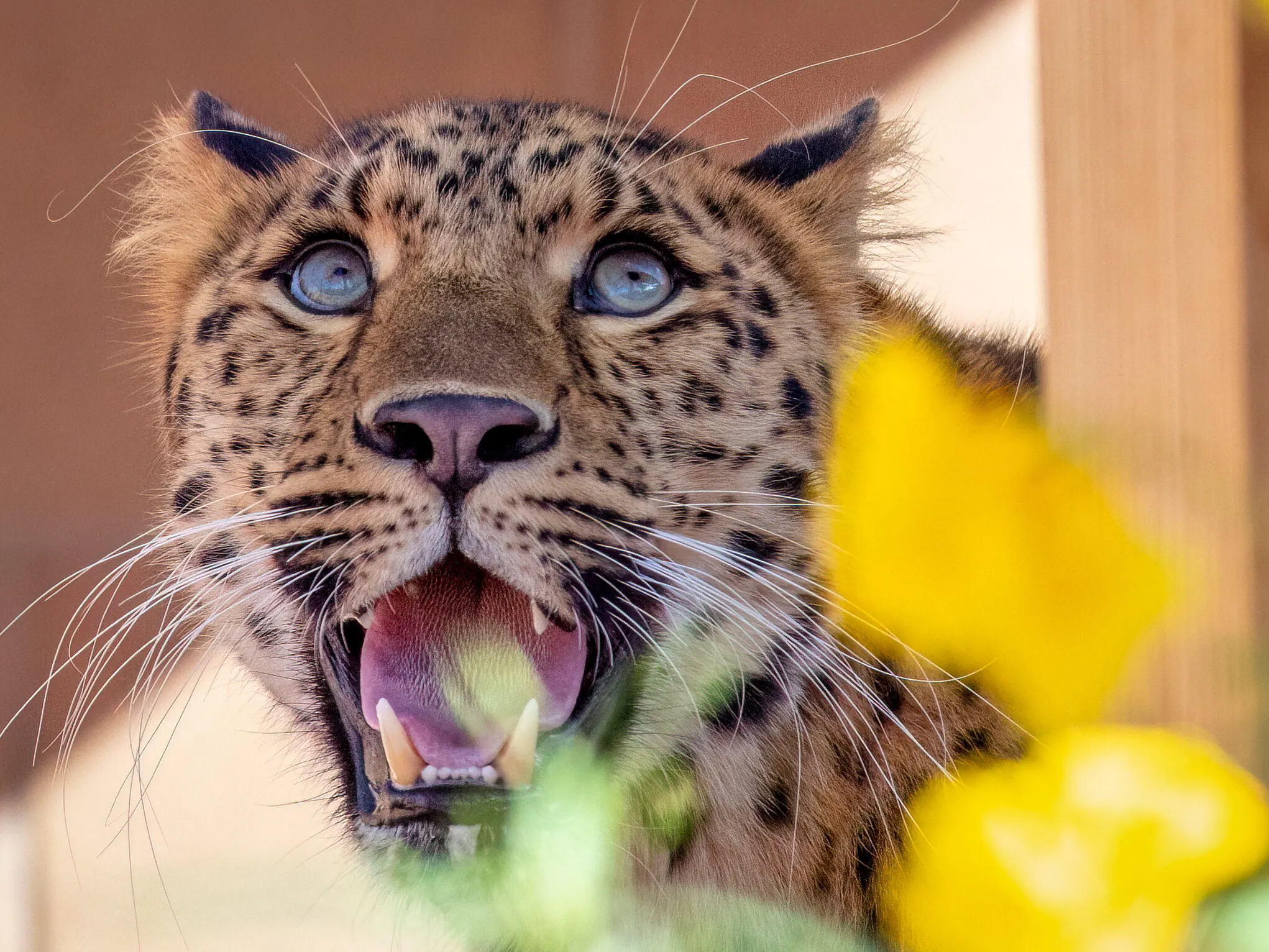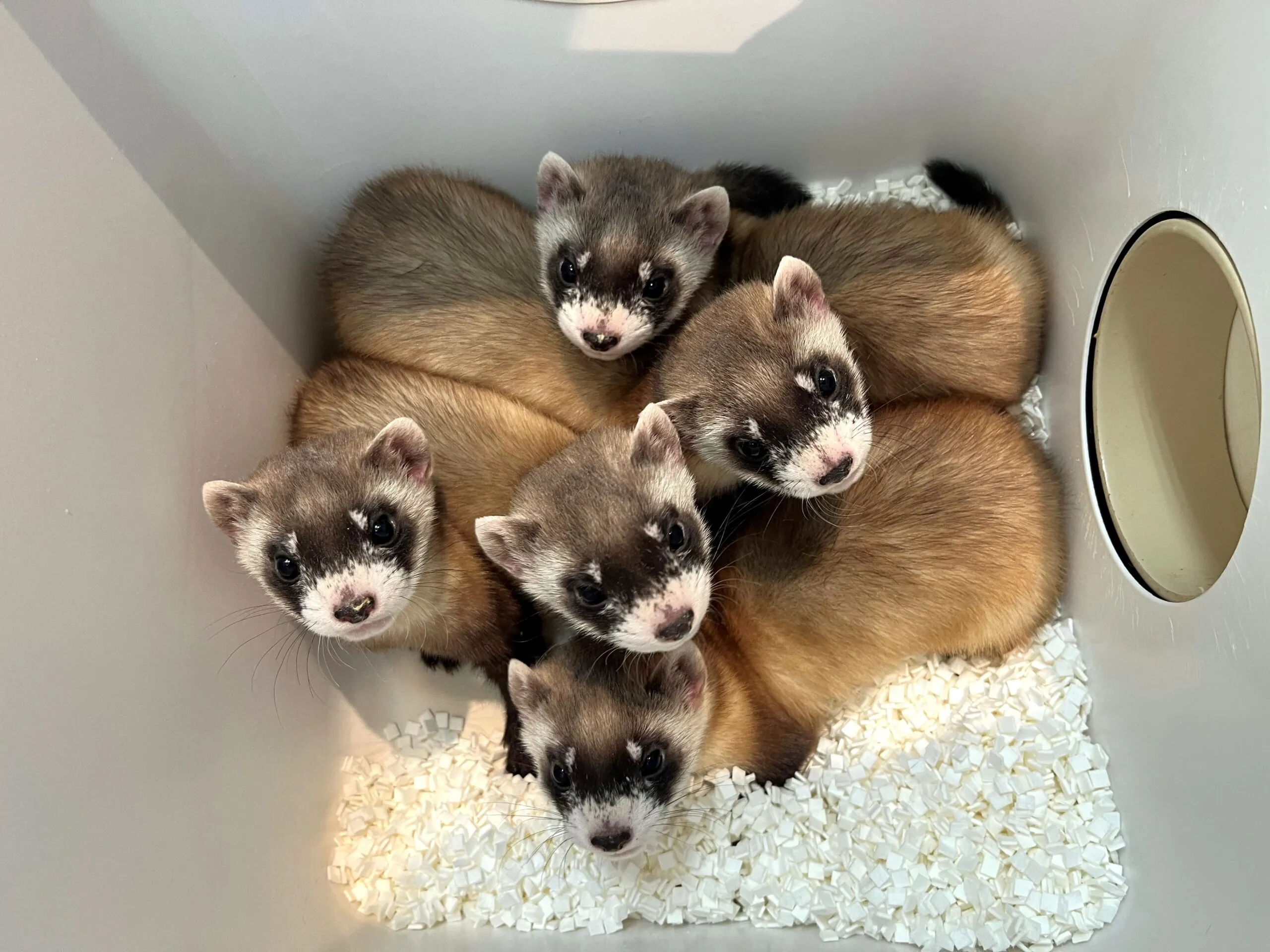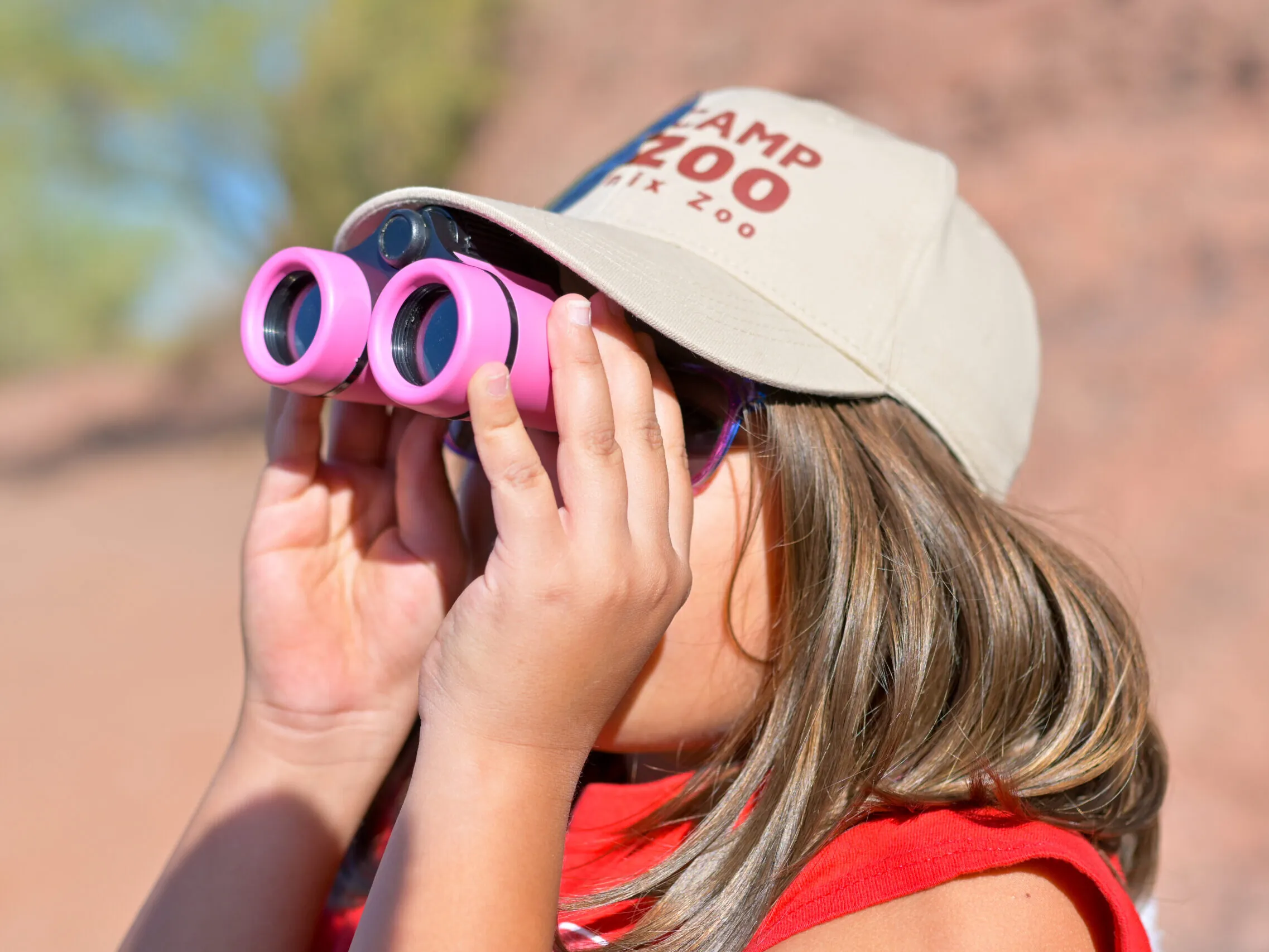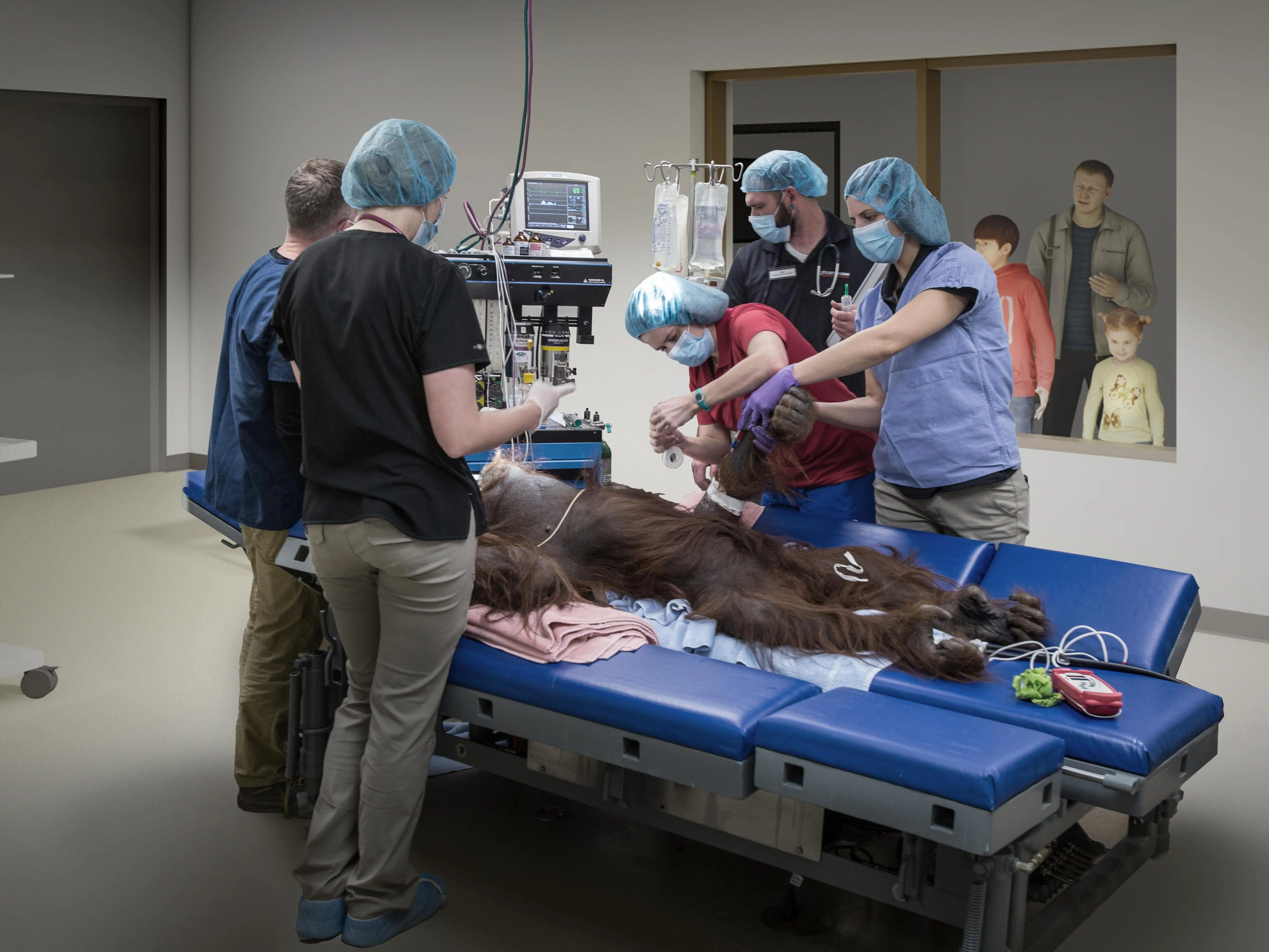Blog Safari
No Rain? No Problem!
By Sarah Skebba | Trail Experiences Coordinator
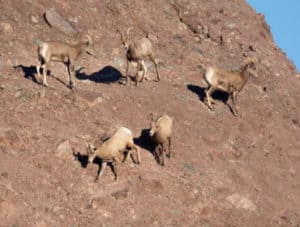 It can be a harsh world here in the Sonoran Desert, with unforgiving sun and only 3-15 inches of rain per year. Regardless of the ruthless conditions, thousands of plant and animal species thrive here using incredible desert adaptations!
It can be a harsh world here in the Sonoran Desert, with unforgiving sun and only 3-15 inches of rain per year. Regardless of the ruthless conditions, thousands of plant and animal species thrive here using incredible desert adaptations!
The desert bighorn sheep is one of the most successful desert mammals. They are able to lose more than 30% of their body weight in water… even more than a camel! When they do find water, they can consume more than 2 gallons at one time.
While mammals have it tough, one might argue that reptiles have it even tougher since they must worry about overheating in the summer and freezing in the winter! Many desert reptiles, including the common chuckwalla and desert tortoise, go into a type of reptile-hibernation in the winter while often hiding in a burrow. We call this brumation.
Lots of native amphibians decide to spend, not just the winter, but most of the year underground to avoid the tough conditions. The couch’s spadefoot toad may have the most incredible adaptions of them all! This toad spends up to 10 months of the year underground, only venturing out to eat and breed when it feels the rumble from the first monsoon of the summer. They can metamorphosize from a tadpole to a frog in less than 10 days, so a big puddle usually will suffice. What an incredible (or boring…) life that would be!
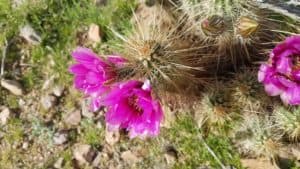 Possibly the most well-known plant in the Sonoran Desert is the saguaro cactus, which is not found anywhere else on the planet. These cacti can grow up to 40 feet tall and spend most of the year living off large internal water stores. When it does rain, the cactus’s shallow, expansive root system absorbs hundreds of gallons of water before the hot sun causes it to evaporate. The pleats expand as the cactus hydrates, causing a mature cactus to weigh several thousand pounds after a heavy rain. The wooden skeleton that lines the cactus allows it to hold up its heavy arms and prevents the cactus from toppling.
Possibly the most well-known plant in the Sonoran Desert is the saguaro cactus, which is not found anywhere else on the planet. These cacti can grow up to 40 feet tall and spend most of the year living off large internal water stores. When it does rain, the cactus’s shallow, expansive root system absorbs hundreds of gallons of water before the hot sun causes it to evaporate. The pleats expand as the cactus hydrates, causing a mature cactus to weigh several thousand pounds after a heavy rain. The wooden skeleton that lines the cactus allows it to hold up its heavy arms and prevents the cactus from toppling.
Other plants, like the brittlebush, have leaves covered in tiny white hairs to reflect the sunlight. The creosote bush’s leaves are covered in a waxy coating to help trap moisture inside. You can thank that waxy coating for the “desert smell” we experience after rainfall.
While most people envision the desert as a barren landscape, it truly flourishes with an abundance of amazing and intelligent plant and animal life. Sometimes, you just have to look a little closer (but not too close, watch out for the cactus!).


